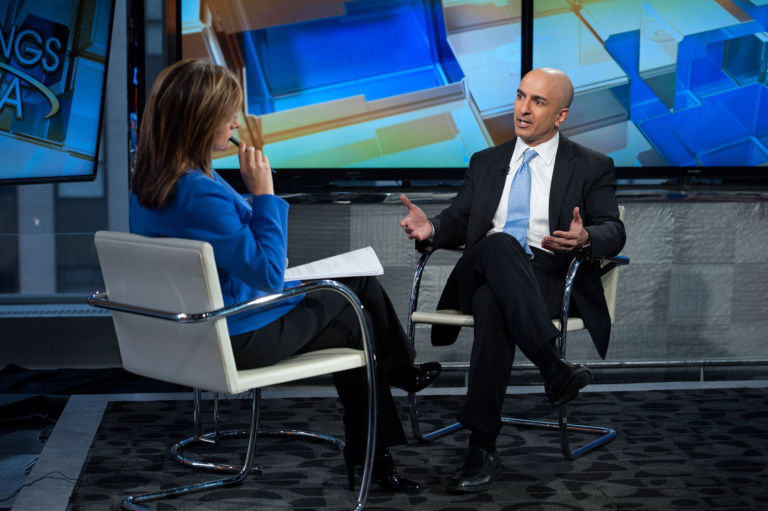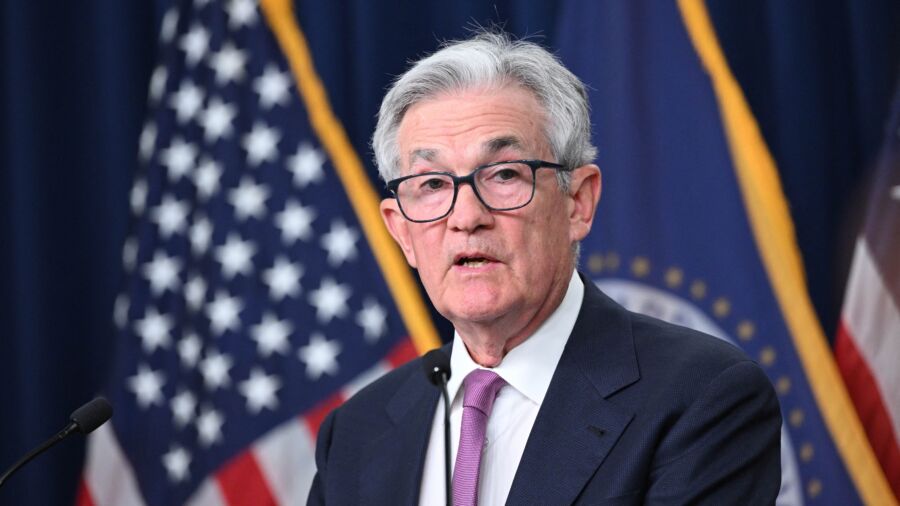The United States is at the beginning of a slowdown as the economy continues to face significant upside inflation risks and tighter credit conditions, according to new minutes from the July Federal Open Market Committee (FOMC) policy meeting.
Although the economy has been expanding at a “moderate pace,” the latest credit developments in the “sound and resilient” banking system were “likely to weigh on economic activity” for businesses and households.
But staff economists no longer see a “mild recession” later this year amid better-than-expected spending and real activity.
“However, the staff continued to expect that real GDP growth in 2024 and 2025 would run below their estimate of potential output growth, leading to a small increase in the unemployment rate relative to its current level,” the minutes noted.
Most rate-setting Committee members agreed that more interest-rate hikes could be needed if additional inflation risks materialize. Participants noted that inflation remained unacceptably high, and more evidence was needed to determine if price pressures are diminishing on a sustainable basis.
“With inflation still well above the Committee’s longer-run goal and the labor market remaining tight, most participants continued to see significant upside risks to inflation, which could require further tightening of monetary policy,” the meeting summary stated.
At the same time, Federal Reserve officials fear that the central bank could tighten too much, producing a series of risks for the broader economy.
“A number of participants judged that, with the stance of monetary policy in restrictive territory, risks to the achievement of the Committee’s goals had become more two sided, and it was important that the Committee’s decisions balance the risk of an inadvertent overtightening of policy against the cost of an insufficient tightening,” the FOMC minutes stated.
A couple of participants supported hitting the pause button at the July FOMC meeting.
The labor market was still tight, but there were indicators that the jobs arena was going through a better balance.
“The labor market remained very tight, though the imbalance between demand and supply in the labor market was gradually diminishing,” the minutes said.
The U.S. financial markets maintained their losses following the release of the minutes as the leading benchmark indexes were in the red.
Treasury yields were mostly up, with the benchmark 10-year yield adding nearly 4 basis points to 4.26 percent. The 2-year yield picked up 3 basis points to above 4.98 percent.
The U.S. Dollar Index, a measurement of the greenback against a basket of currencies, strengthened above 103.40 after the minutes.
To Hike or Not to Hike
Over the past week, several Fed officials have offered thoughts about monetary policy, particularly on the interest-rate front.
Minneapolis Federal Reserve President Neel Kashkari told the APi Group’s Global Controllers Conference on Aug. 15 that he is not ready to declare mission accomplished in the inflation battle, hinting that there could be more tightening ahead.
“Inflation is coming down. We have made progress and good progress. I feel good about that. It’s still too high,” Mr. Kashkari said. “The question on my mind is, have we done enough to actually get inflation all the way back down to our 2 percent target? Or do we have to do more?”

“Are we done raising rates? I’m not ready to say that we’re done,” he added.
Last month, the annual inflation rate ticked up for the first time in a year, rising to 3.2 percent from 3 percent in June. This came in softer than expected, but economists agree that it is not a trend that the central bank wants to see.
Concerns were amplified following the higher-than-expected jump in producer prices, climbing to 0.8 percent year-over-year and 0.3 percent month-over-month in July. Both prints up considerably from June. A higher producer price index (PPI) is typically considered by economists a precursor to rising consumer prices.
According to Philadelphia Fed Bank President Patrick Harker, consumer prices have slowed to the point where the central bank can think about hitting the brakes and steadily holding the benchmark fed funds rate.
“Absent any alarming new data between now and mid-September, I believe we may be at the point where we can be patient and hold rates steady and let the monetary policy actions we have taken do their work,” Mr. Parker said in a prepared speech at an event sponsored by the Philadelphia Business Journal on Aug. 8.
While monetary policy is not a “preset course” and economic data will drive future moves, Fed Governor Michelle Bowman believes policymakers will need to raise interest rates to combat inflation.
“I also expect that additional rate increases will likely be needed to get inflation on a path down to the FOMC’s 2 percent target,” she said at a Kansas Bankers Association event on Aug. 7. “We should remain willing to raise the federal funds rate at a future meeting if the incoming data indicate that progress on inflation has stalled.”
The FOMC will hold its next two-day policy meeting on Sept. 19 and 20.
The futures market is mostly pricing in a rate pause, according to the CME FedWatch Tool. Despite the FOMC’s June Summary of Economic Projections (SEP) forecasting one more rate hike this year, investors anticipate the central bank will keep the policy rate at the current range and then start to pull the trigger on rate cuts in March or May 2024.
From The Epoch Times

